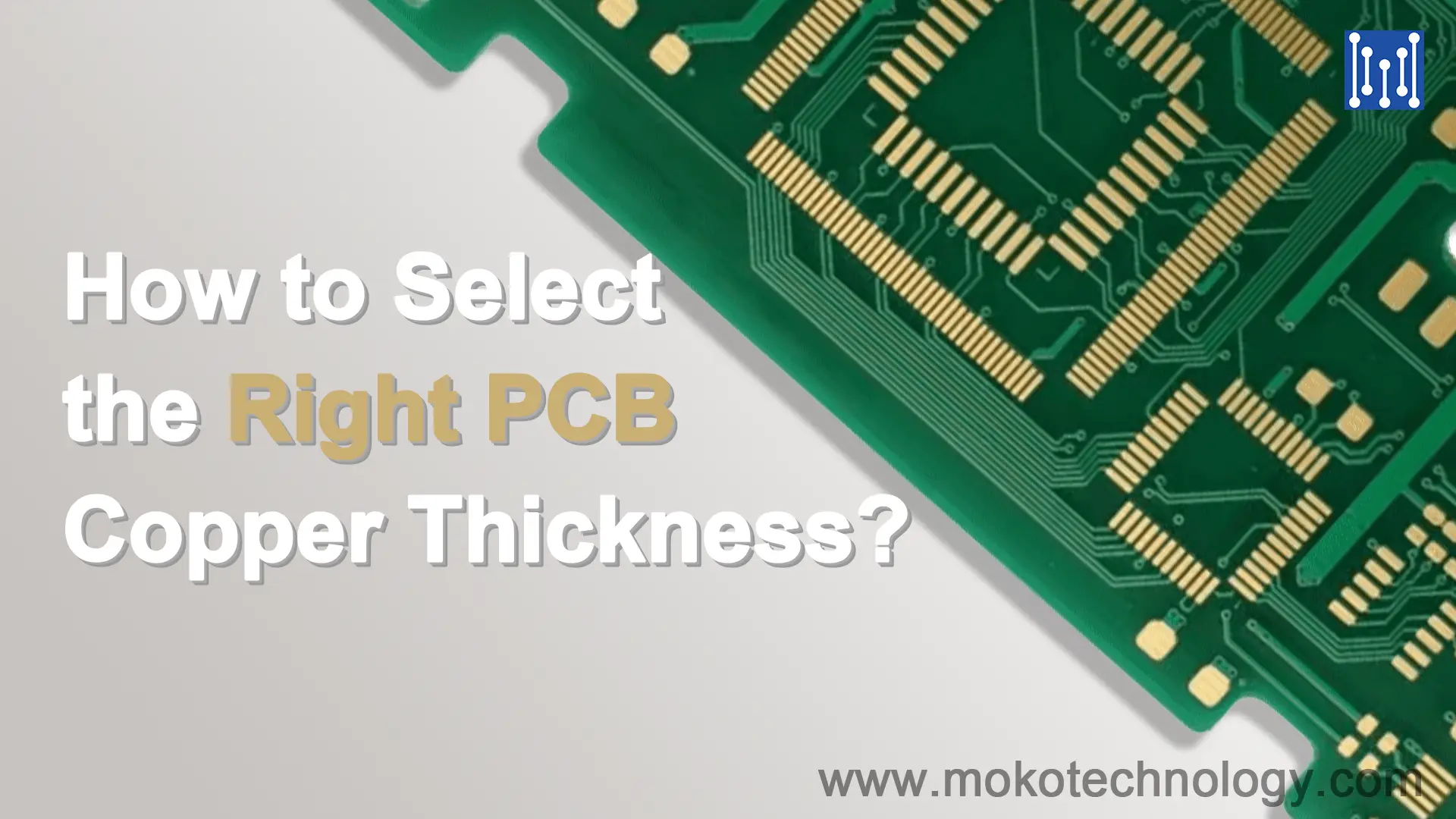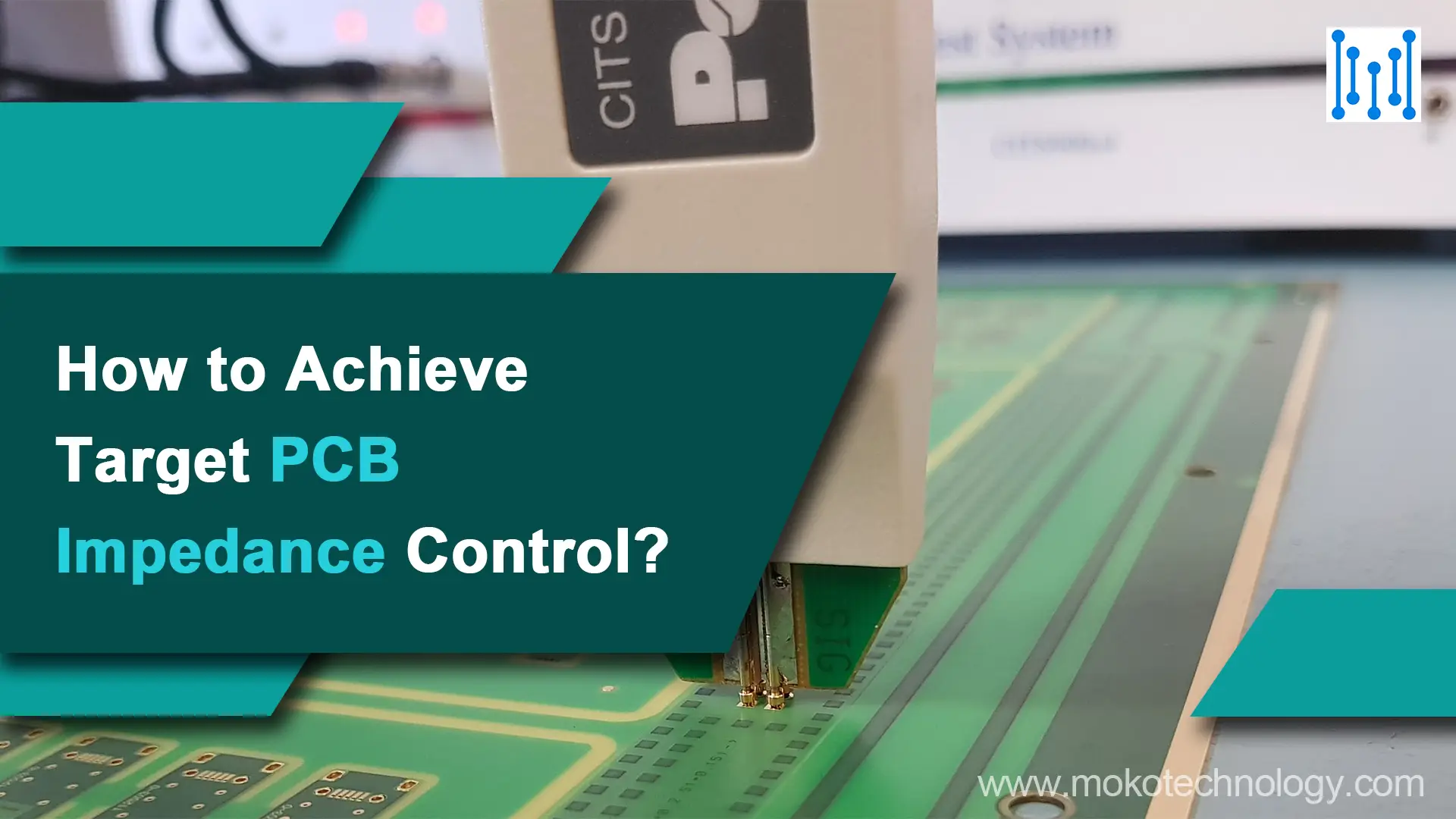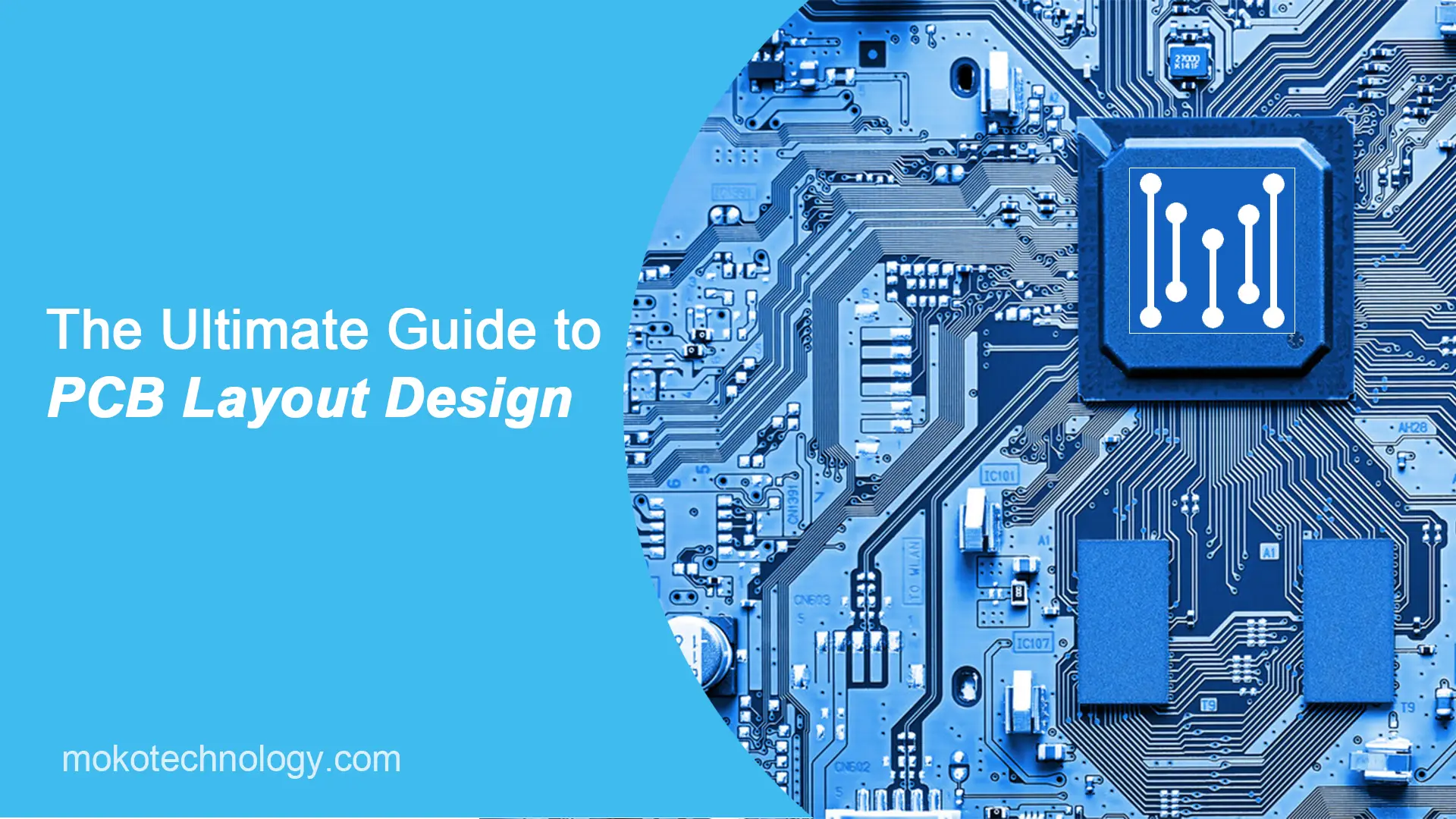- On a simple PCB, it’s often done as a ground fill. The fat, thick areas are often ground.
- On a 2-layer PCB, you may have power fills as well. You can use generalizations like this to find the ground more easily if you’re examining a PCB, but you can’t know for certain without analyzing the circuit. It’s also typical for ground to be connected at the negative end of large electrolytic capacitors. Again, not in every case, but it’s a place to look for it.
- Complex, high-speed, and high-density PCBs are multi-layer. Typically, at least one layer will be devoted to a ground plane. This is critical for both RF and high speed digital circuits such as PCI Express, USB, SATA, DDR DRAM, Ethernet, etc. Because critical signals are routed on impedance-controlled lines referenced to a ground plane. For us, we usually run microstrip lines on the top or bottom of the PCB, so there’s a ground layer right below the top and/or bottom layer.
Read More: Multi-layer PCB
#PCB Assembly



